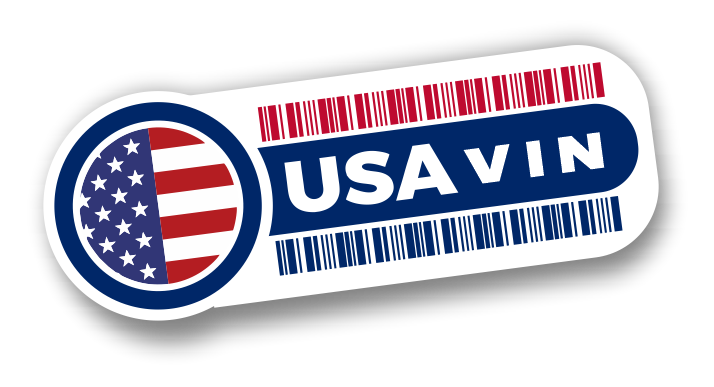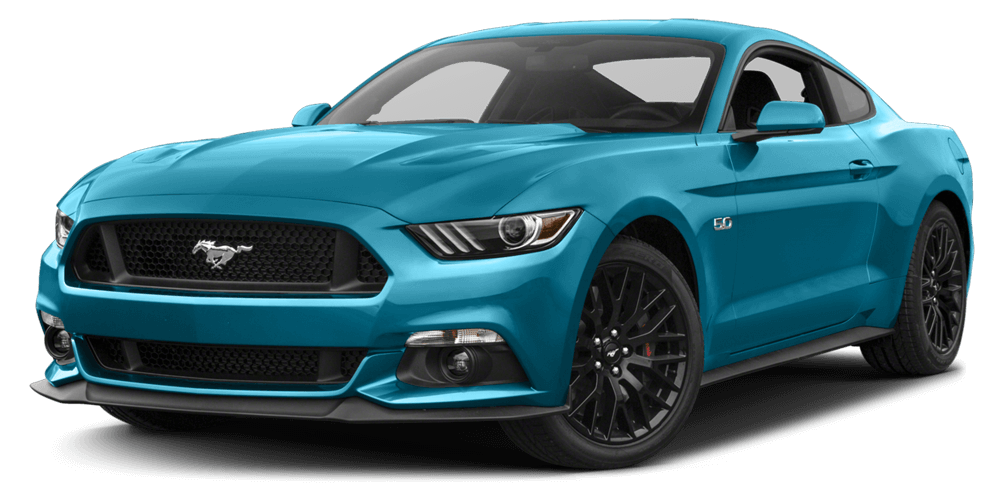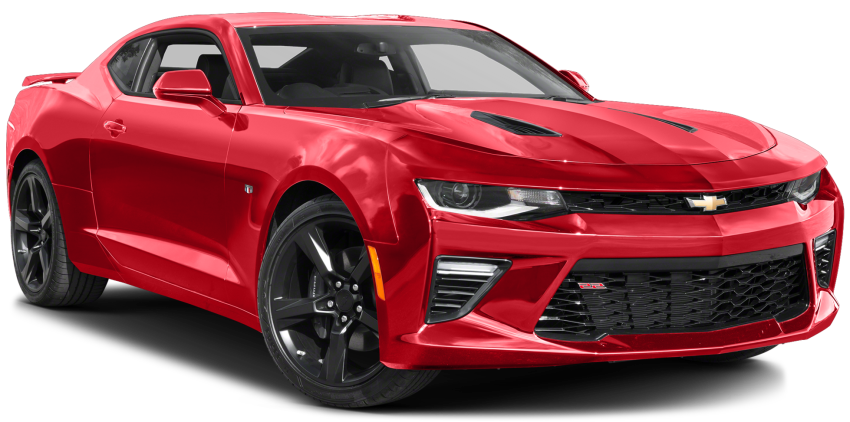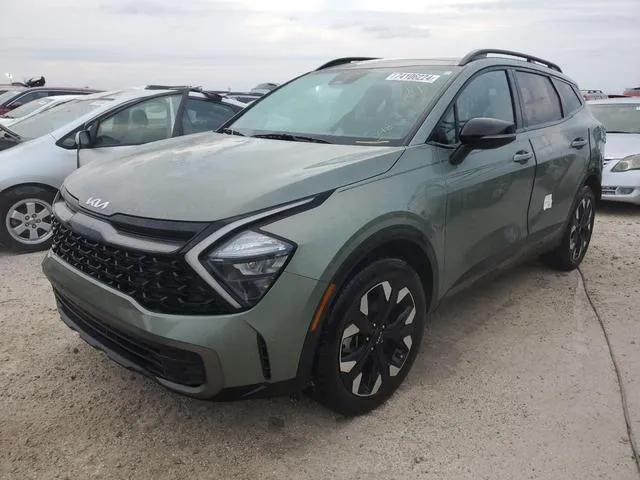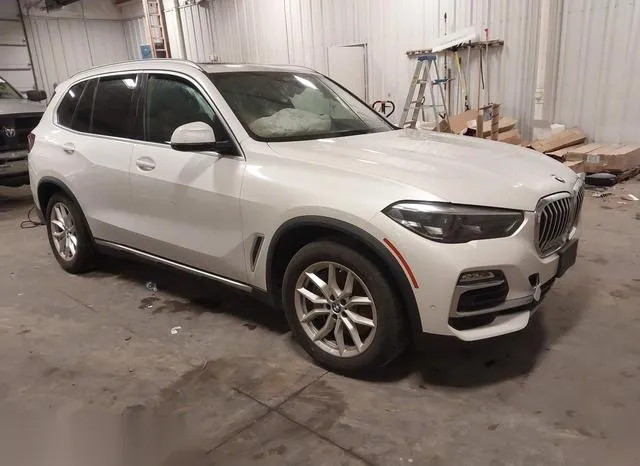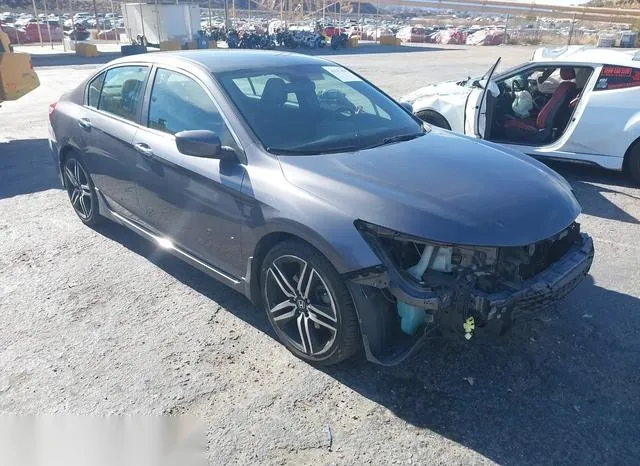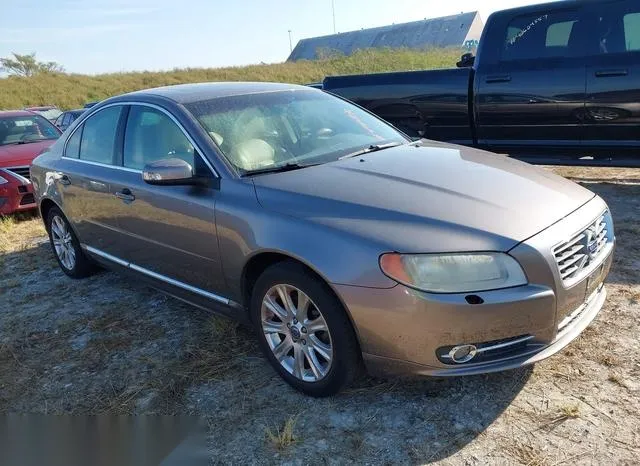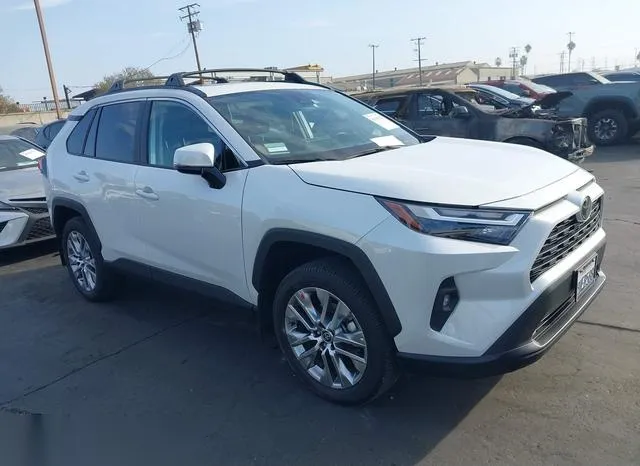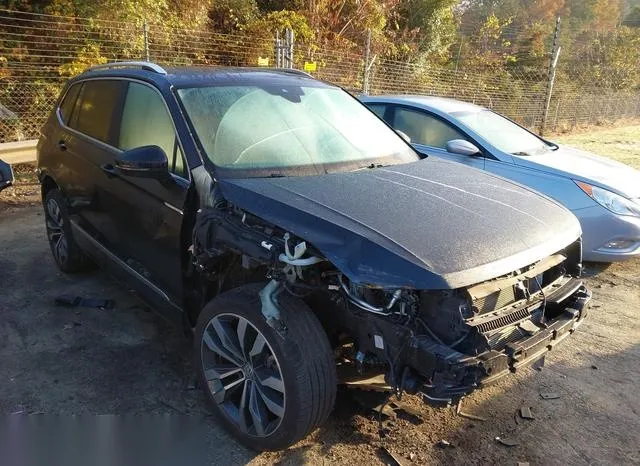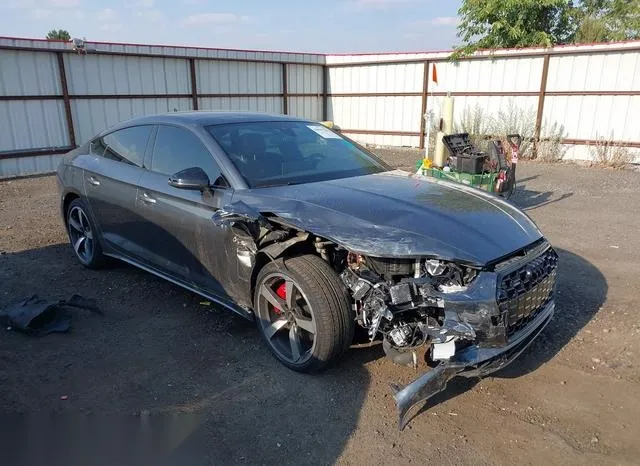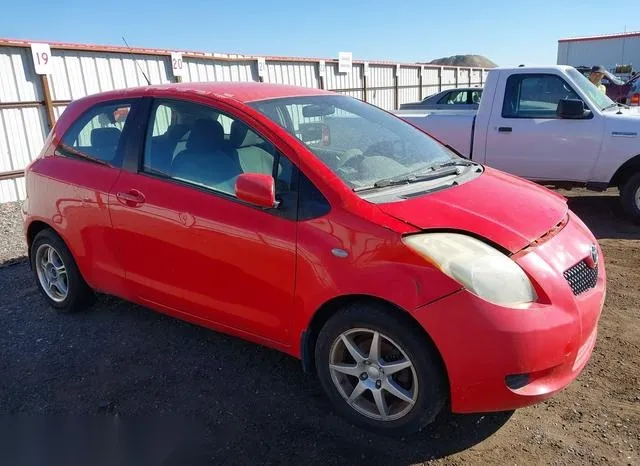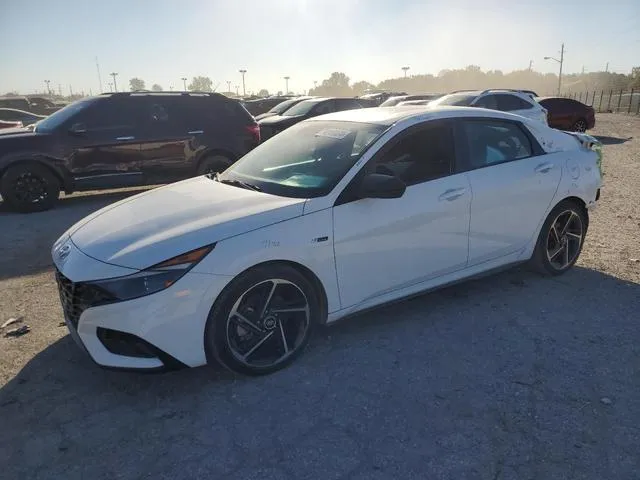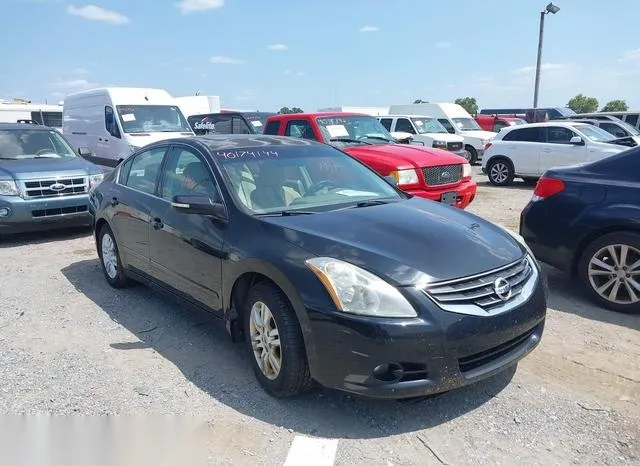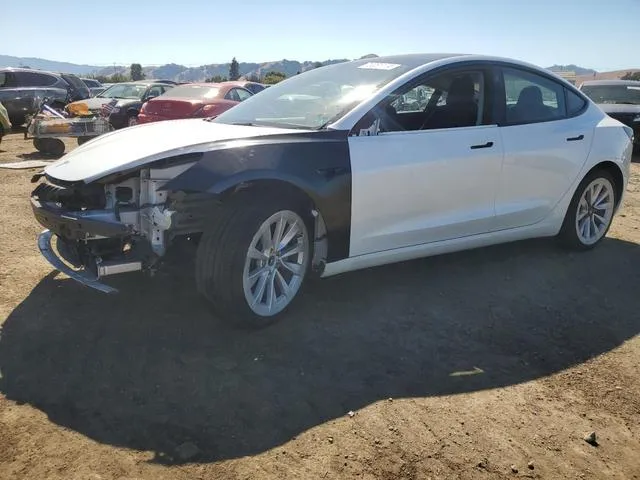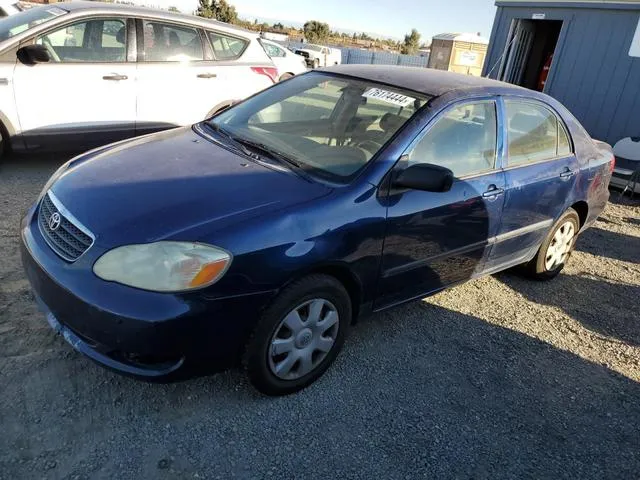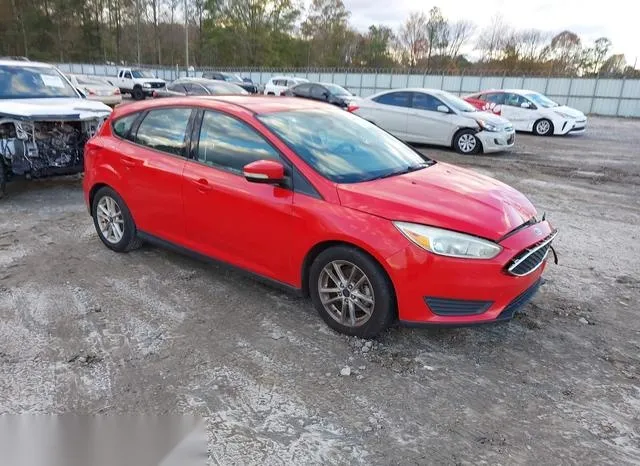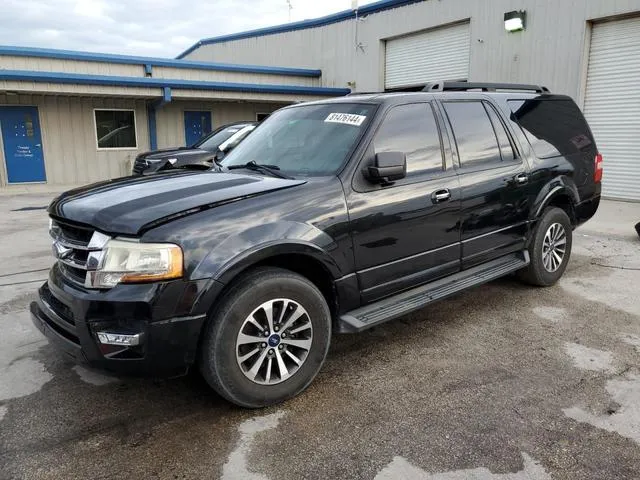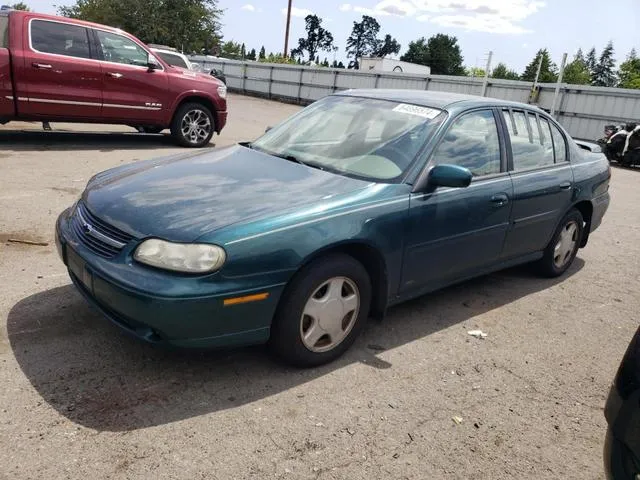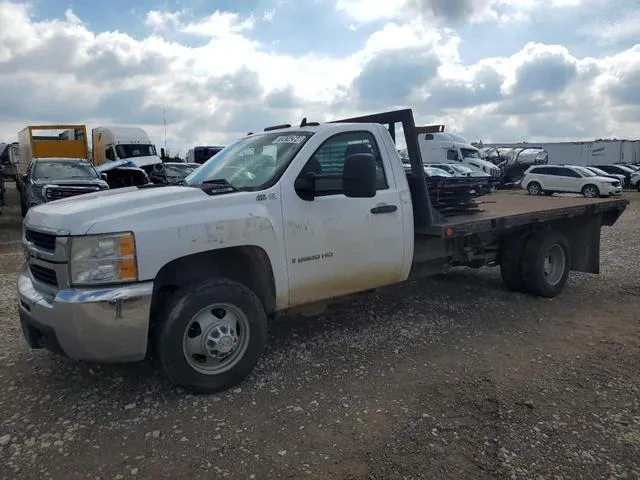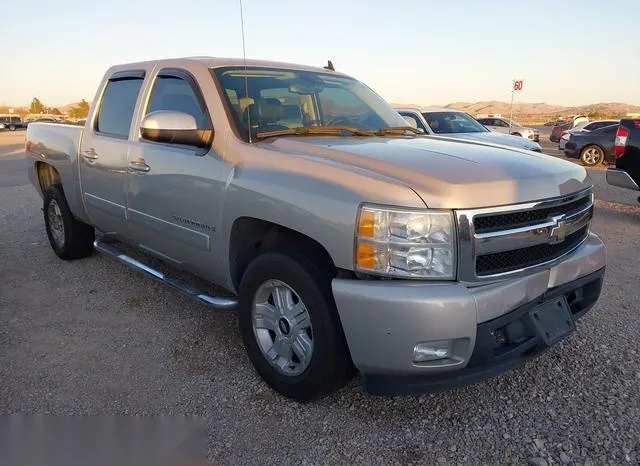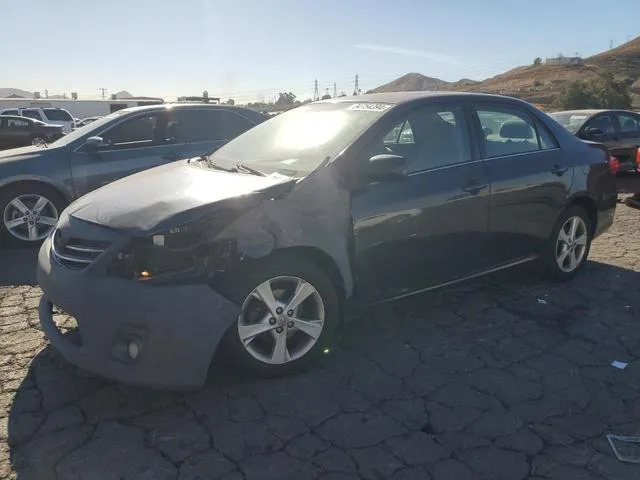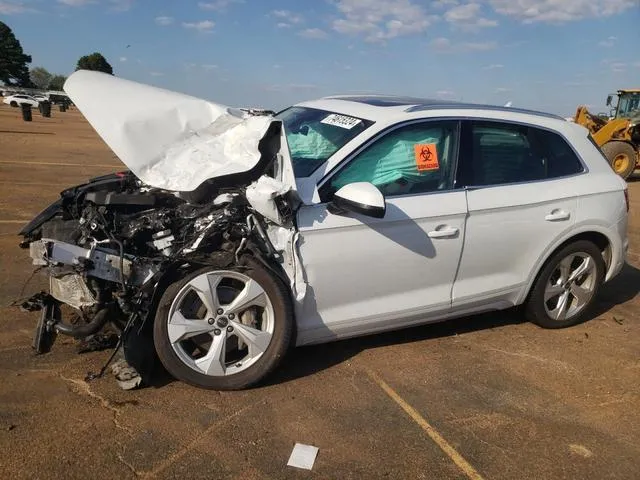The History of DeLorean and Its Iconic Car Model
The DeLorean Motor Company (DMC) is one of the most iconic yet short-lived car manufacturers in automotive history. Founded by visionary engineer John DeLorean in 1975, the company is best known for producing one car—the futuristic DeLorean DMC-12. The car, with its stainless-steel body, gull-wing doors, and association with the “Back to the Future” film trilogy, became a pop culture legend despite its troubled production history. This article delves into the fascinating, albeit brief, history of DeLorean and its famous model, exploring how a bold idea came to fruition, only to disappear as quickly as it emerged.
1. The Founding of DeLorean Motor Company (1975)
John DeLorean was already a renowned figure in the automotive world by the time he founded DeLorean Motor Company (DMC) in 1975. After a successful career at General Motors, where he helped create iconic cars like the Pontiac GTO and the Firebird, DeLorean left to pursue his vision of creating a revolutionary sports car. His goal was to build a car that was not only visually striking but also safe, fuel-efficient, and long-lasting. This vision culminated in the development of the DeLorean DMC-12, a car designed to make a bold statement in the automotive world.
2. The DeLorean DMC-12: A Futuristic Dream (1981-1983)
The DeLorean DMC-12 was first introduced to the public in 1981. Designed by Italian designer Giorgetto Giugiaro, the car featured a stainless-steel body and unique gull-wing doors that opened upwards, giving it a futuristic look. The DMC-12 was powered by a 2.85-liter V6 engine developed in partnership with Peugeot, Renault, and Volvo, producing 130 horsepower. While the engine output was modest for a sports car, its design and innovation set the car apart from anything else on the market.
DeLorean’s emphasis on safety and durability led to the use of stainless steel for the body, which was not painted but left in its natural metallic finish, giving the car a distinctive appearance. The gull-wing doors, supported by gas-powered struts, added to its space-age feel, and the car’s wedge-shaped design was cutting-edge for the time.
| Model | Production Years | Description |
|---|---|---|
| DeLorean DMC-12 | 1981-1983 | The DeLorean DMC-12 was the only model produced by DeLorean Motor Company. It featured a stainless-steel body, gull-wing doors, and a mid-mounted V6 engine. While its performance did not match that of high-end sports cars, its futuristic design made it an icon. Only about 9,000 units were produced before DMC went bankrupt in 1982. |
3. Production Challenges and Financial Troubles
Despite its ambitious design, the DeLorean DMC-12 faced several challenges during production. Manufacturing took place in a newly built factory in Dunmurry, Northern Ireland, funded in part by the British government, which hoped the plant would create jobs in a region affected by economic difficulties. However, the production process was plagued by delays, quality control issues, and cost overruns. Early models of the DMC-12 suffered from reliability problems, leading to complaints from customers and negative reviews in the automotive press.
These production issues, combined with high manufacturing costs and lower-than-expected sales, quickly put DeLorean Motor Company in financial trouble. The car’s price point was also a problem, as it was significantly more expensive than competitors in the sports car market, including Porsche and Corvette models, yet did not offer comparable performance. By 1982, DeLorean Motor Company was on the verge of bankruptcy.
4. The Downfall of DMC and John DeLorean’s Legal Troubles
In a desperate attempt to save his company, John DeLorean became involved in a controversial drug trafficking scheme in 1982. DeLorean was arrested by the FBI for allegedly attempting to smuggle $24 million worth of cocaine to finance his failing company. While DeLorean was acquitted of all charges in 1984 after a defense of entrapment, the legal battle tarnished his reputation and marked the end of DeLorean Motor Company. By the end of 1982, DMC had filed for bankruptcy, and production of the DMC-12 ceased after just two years and approximately 9,000 units.
5. The DeLorean DMC-12’s Pop Culture Legacy
While the DeLorean DMC-12’s production was short-lived, its legacy was far from over. In 1985, the car achieved legendary status when it was featured as a time machine in the blockbuster film *Back to the Future*. In the film, Dr. Emmett Brown, played by Christopher Lloyd, modifies a DMC-12 to create a time-traveling vehicle, and the car became one of the most recognizable symbols of the 1980s. The film’s success cemented the DeLorean’s place in pop culture history, and it became a sought-after collector’s item.
Even today, the DeLorean DMC-12 is beloved by car enthusiasts and fans of *Back to the Future* alike. Its iconic design, combined with its association with the film franchise, has made it one of the most famous cars in the world. Despite its initial commercial failure, the DeLorean is now a symbol of 1980s nostalgia and futurism.
6. DeLorean’s Modern Revival
In 1995, a new company under the name DeLorean Motor Company was established in Texas, dedicated to servicing and restoring original DMC-12 vehicles. The company acquired the remaining parts from the original factory and began offering fully restored DMC-12s to collectors. Over the years, this company has kept the DeLorean dream alive, and in recent years, there have been discussions about producing an updated, electric version of the DMC-12 to bring the car into the 21st century.
In 2021, DeLorean Motor Company announced plans to build a new electric vehicle inspired by the original DMC-12. While details about this new model are still emerging, the announcement has generated significant excitement among fans of the iconic car.
Conclusion
The story of DeLorean is one of ambition, innovation, and tragedy. John DeLorean’s vision of a futuristic car materialized in the DMC-12, a vehicle that captured the imagination of car enthusiasts but ultimately could not survive the financial and production challenges of the time. Despite its commercial failure, the DeLorean DMC-12 has lived on as a cultural icon, thanks in large part to its role in *Back to the Future* and its unmistakable design. Today, the DeLorean continues to inspire dreams of what the future of automotive design can be, proving that sometimes, legends are born from failure.


